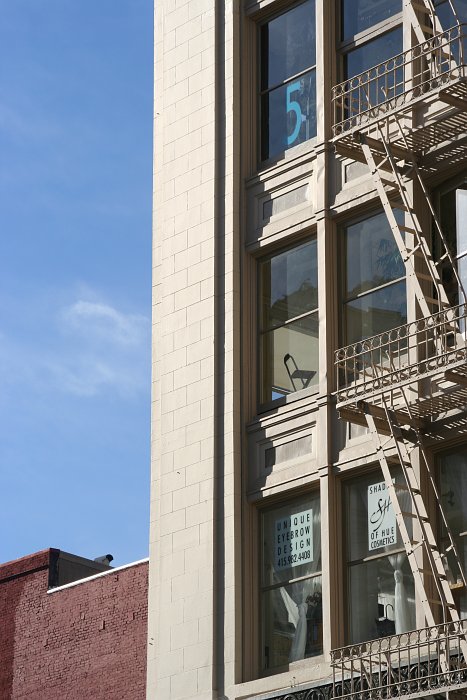Last friday I posted a little Lazyweb experiment,
a hunt for information about a certain kind of lamp sold by a street dealer in
Mexico City. A quick followup on the results:
Surprinsingly many people responded, mostly by email, and partly by blog comment.
As it appears I am not the only one who's looking for this specific type of
lamp. Furthermore, a non-trivial set of Planet Gnome readers actually already
owns one of these devices. Apparently counterfeit versions of this lamp are
sold all around the world by street dealers and on markets.
The lamp seems to be a modified version of the "IQ Light", a self
assembly lighting system made up of interlocking quadrilaterals. It is
a scandinavian design, by Holger Strøm, 1973. It is nowadays
exclusively distributed by Bald & Bang,
Denmark. The lighting system has a very interesting web site of its own, which even includes an
HOWTO for
assembling these lamps. The Bald & Bang web site has a
very stylish video which also shows how to assemble an IQ lamp.

While my mexican specimen and the official design are very similar, they
differ: the mexican design looks - in a way - "tighter" and ... better (at
least in my humble opinion). For comparison, please have a look on the photo I took from the mexican version which is shown
above, and on the many photos returned by Google
Images, or the one from the IQ Light homepage. It
appears as if the basic geometrical form used by the mexican design is somehow
more narrow than the official danish one.
So, where can one buy one of those lamps? Fake and real ones are sold on
eBay, every
now an then. The Museum
Store of the New York MoMA sells the original version for super-cheap $160.
If you search with Google you'll find many more offers like this one, but all
of them are not exactly cheap - for a bunch of thin plastic sheets. All these
shops sell the danish version of the design, noone was able to point me to a shop
where the modified, "mexican" version is sold.
Given the hefty price tag and the fact that the fake, mexican version looks
better then the original one, I will now build my own lamps, based on the
mexican design. For that I will disassamble my specimen (at least partially)
and create a paper stencil of the basic plastic pattern. I hope to put this up
for download as a .ps file some time next week, since many people
asked for instructions for building these lamps. Presumably the original
design is protected by copyright, hence I will not publish a step-by-step guide
how to build your own fake version. But thankfully this is not even necessary, since the vendor already published a HOWTO and a video for this, online.
Thank you very much for your numerous responses!



